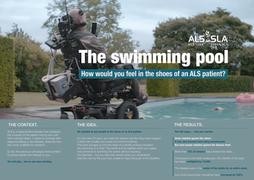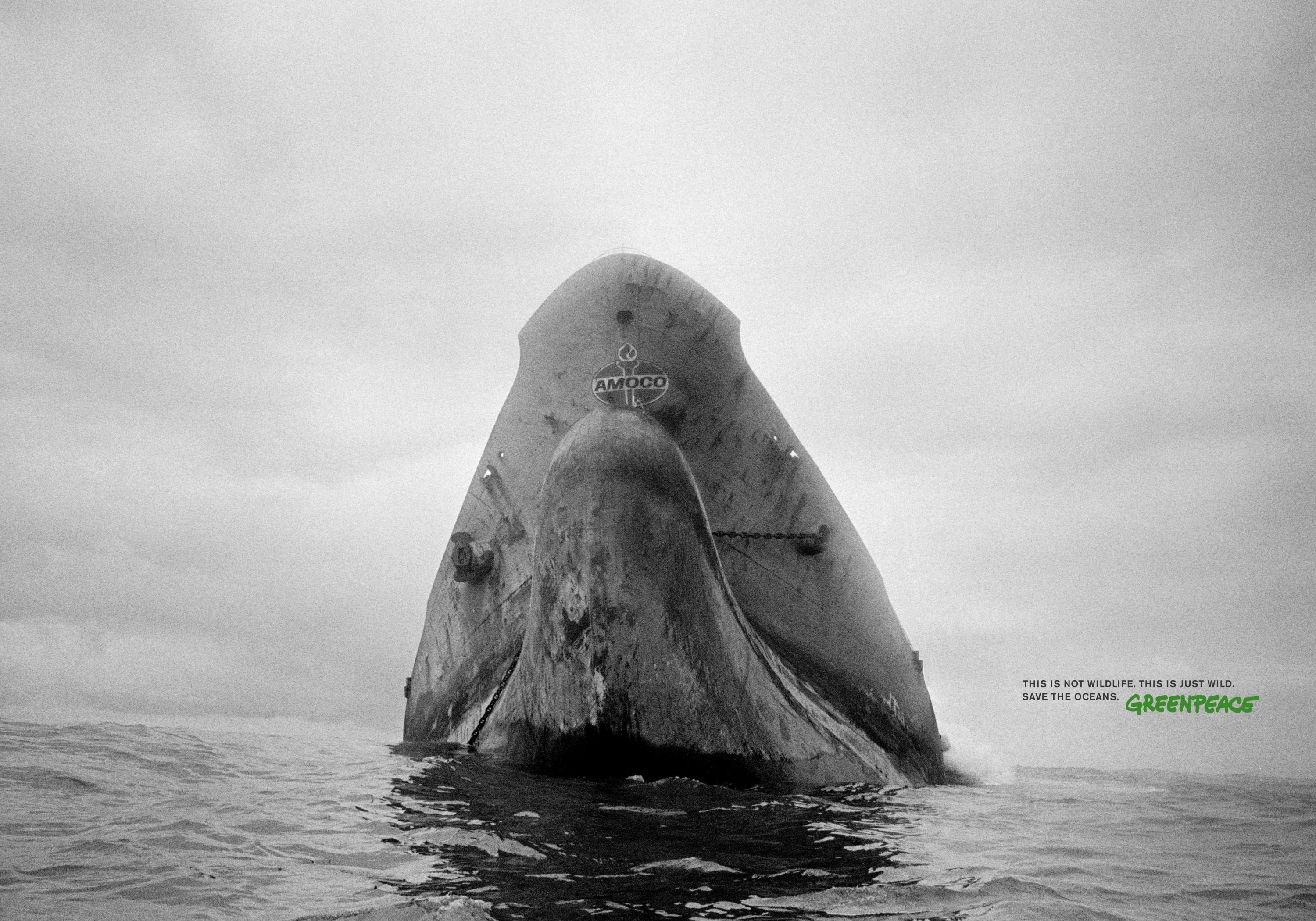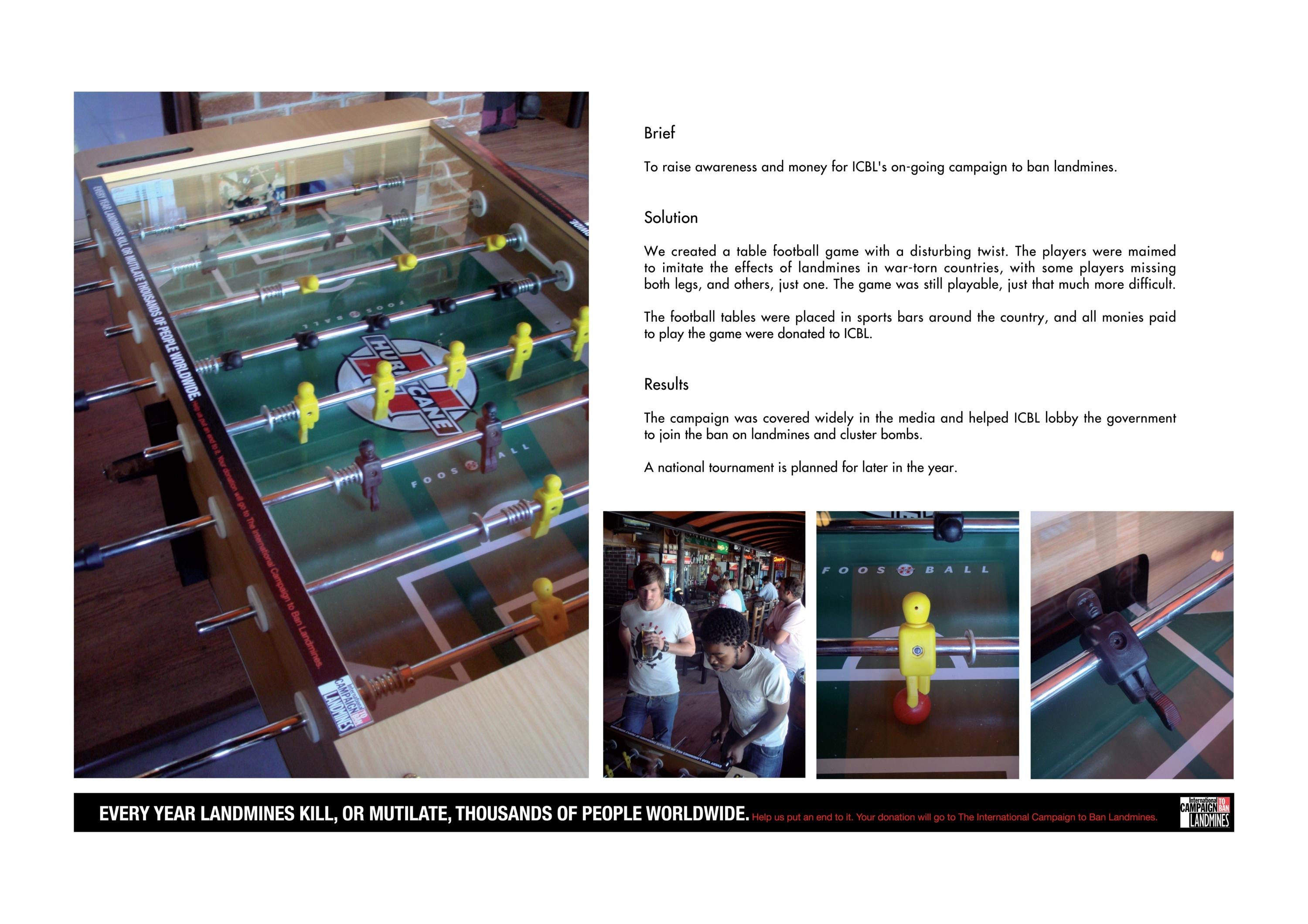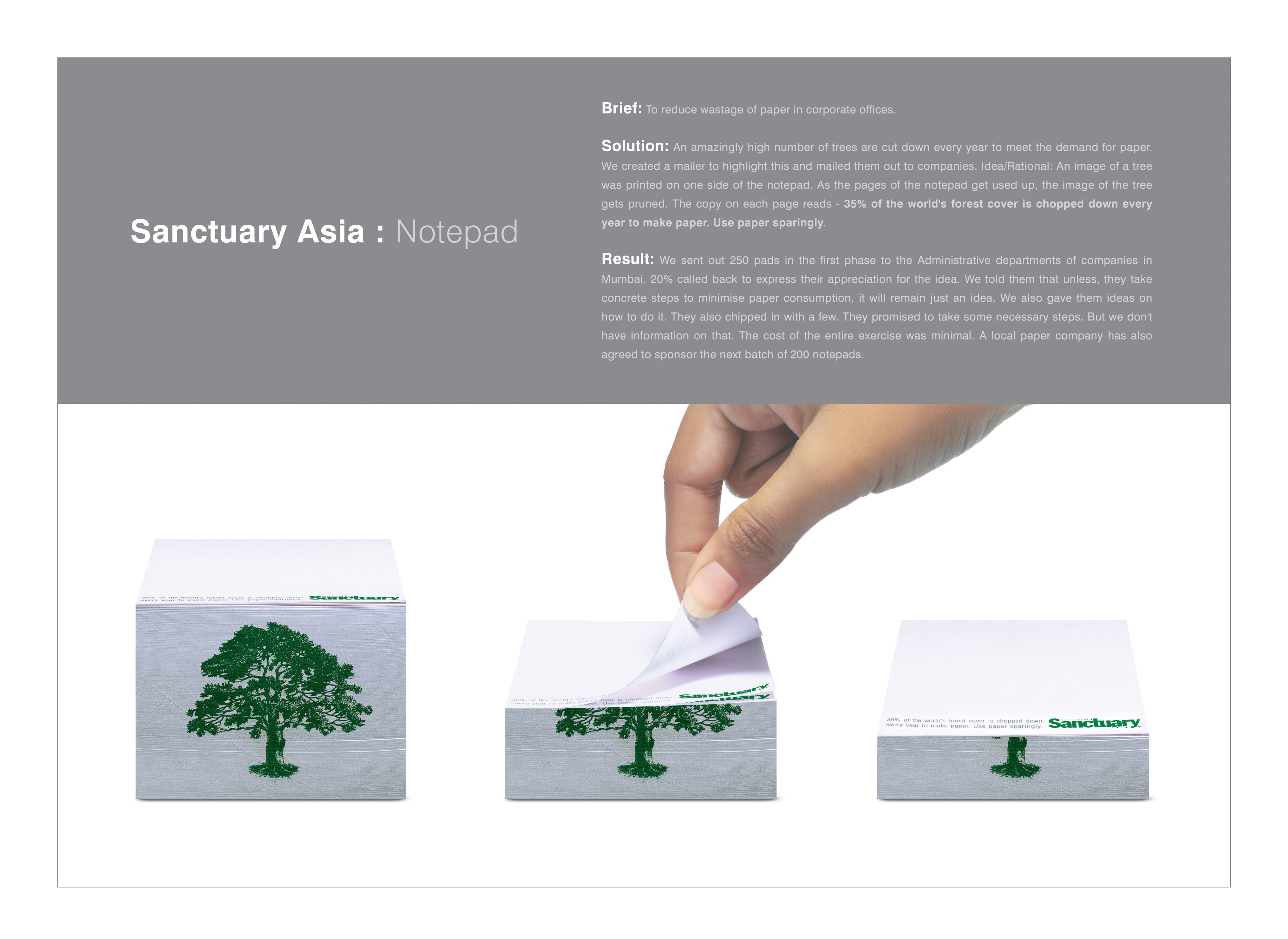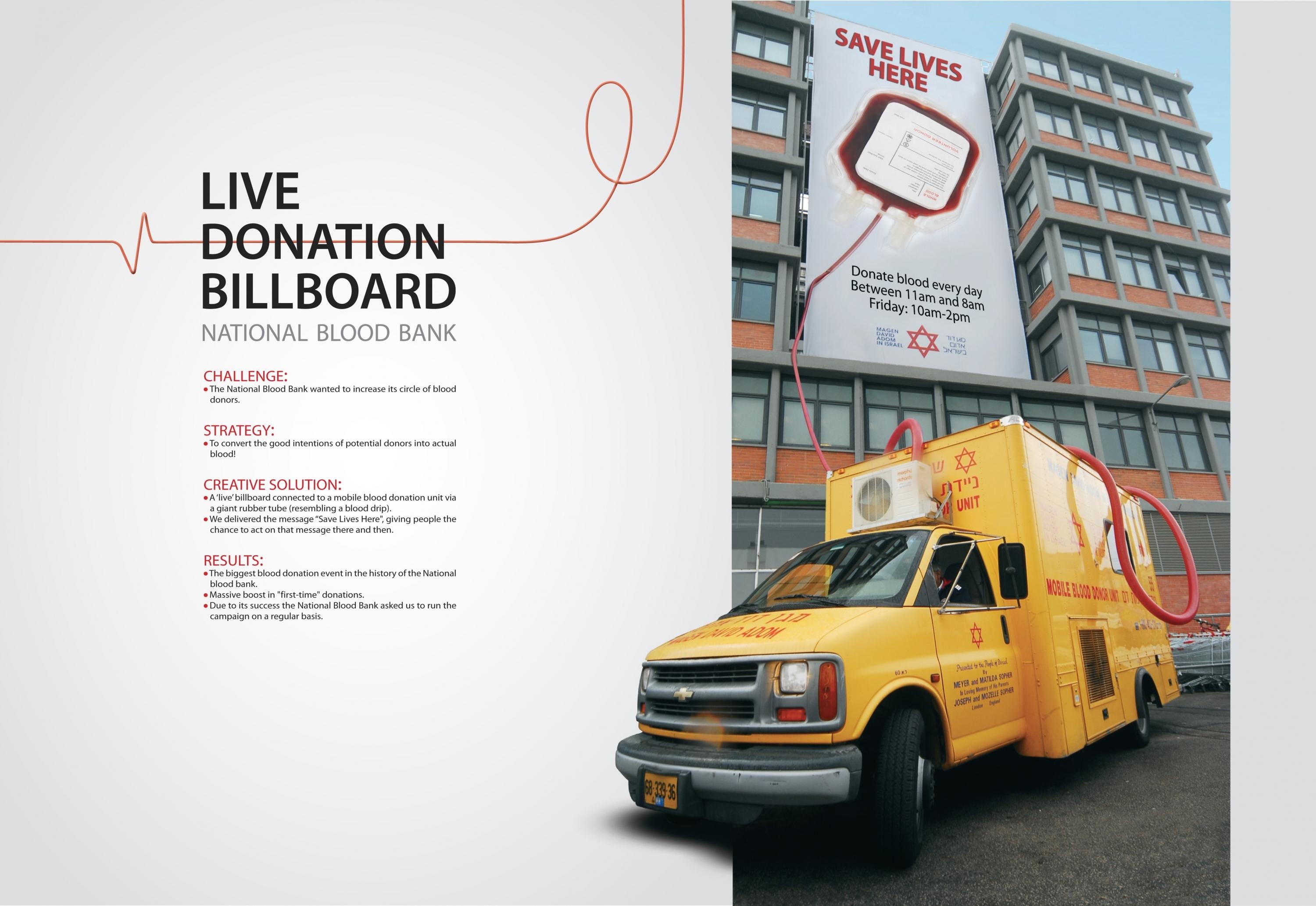Spikes Asia
The Reverse Global Warming Project
OGILVY SINGAPORE, Singapore / GREENPEACE / 2018
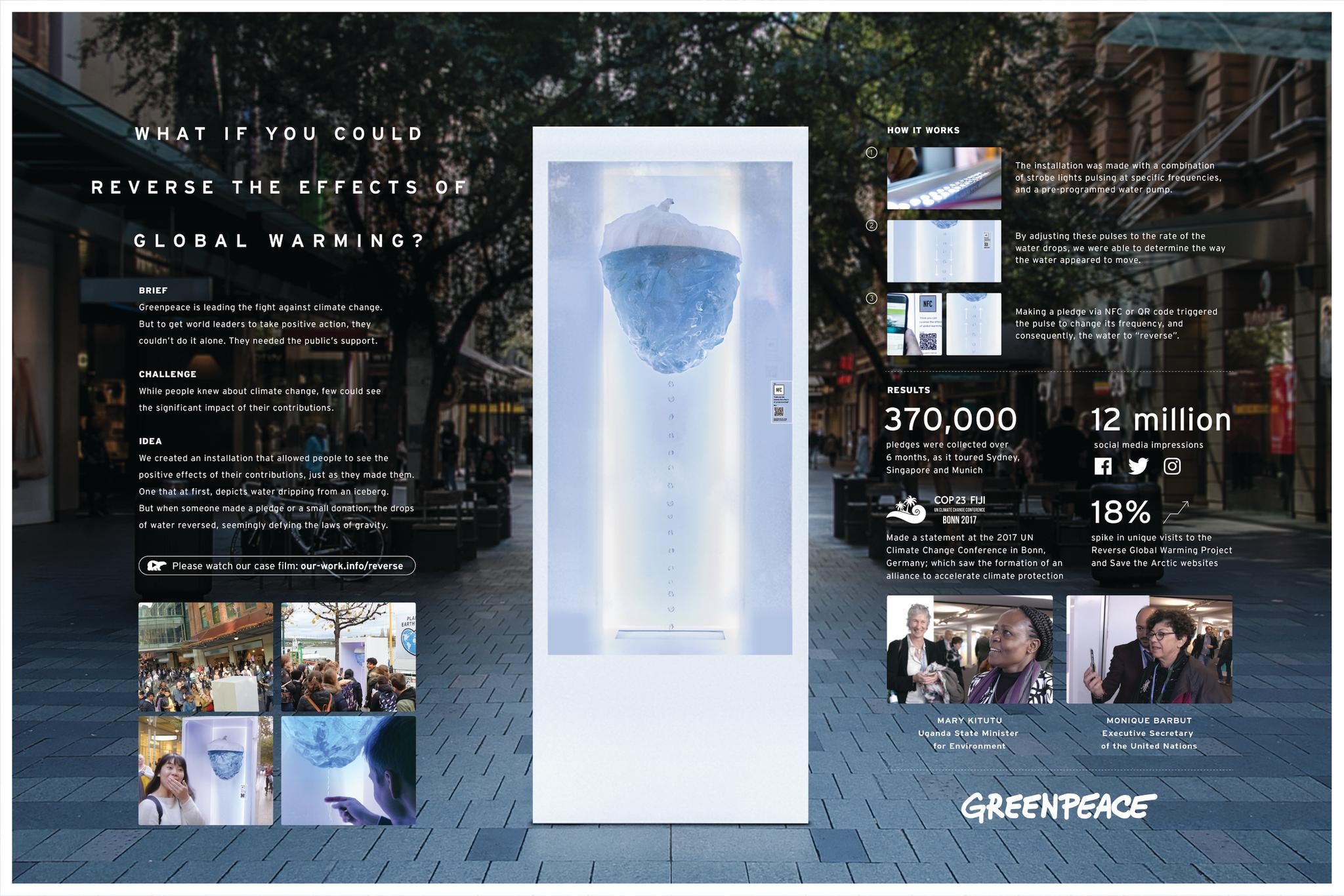

Overview
Entries
Credits
Overview
Background
Climate change has far more reaching impacts than the eye could see. An already melting Arctic is heating up twice as fast as the rest of the Earth, buckling ecosystems under the pressure of natural disasters. Greenpeace, an NGO leading the fight against global warming, wanted world leaders to take more positive action. But to do that, they needed the public’s support. Which is why they introduced the Save the Arctic initiative in 2016 to gather pledges from the public.
As part of this global effort, Greenpeace Australia Pacific was given a regional target of 500,000 pledges to hit. A separate campaign was launched. But as the numbers began to slow, we were tasked to help ignite social conversations around the climate change problem, and ultimately, bolster their regional effort by securing a minimum of 350,000 pledges.
Description
How do we demonstrate that even a small contribution can have a big impact in the fight to reverse global warming? We developed an installation that showed people the positive effects of their contribution, just as they made them. One that, at first, features water dripping from an iceberg. But when someone made a pledge or a small donation with their mobile phone, the drops of water would immediately reverse, seemingly defying the laws of gravity. This mesmerizing experience was made possible by the use of stroboscopic motion technology that could only be activated by the mobile device. It is the first time the technology has ever been used to such effect.
Execution
The installation was made with a combination of strobe lights pulsing at extremely high frequencies, and a water pump, pre-programmed to control the rate of water drops. By adjusting these pulses of light, we could determine how the water appeared to move. People were invited to reverse the effects of global warming by using their mobile phones to make a pledge or a small donation via NFC or QR code. Doing so triggered the pulses of light to change its frequency, so that the water appeared to “reverse”. It is the first time an outdoor installation has used stroboscopic motion to such effect.
Originally deployed at one of Sydney’s busiest districts, the overwhelming response over three days meant that it toured other major cities like Singapore and Munich, culminating to the UN Climate Change Conference in Bonn, Germany, where world leaders gathered to discuss the biggest challenges facing our environment.
Similar Campaigns
12 items

